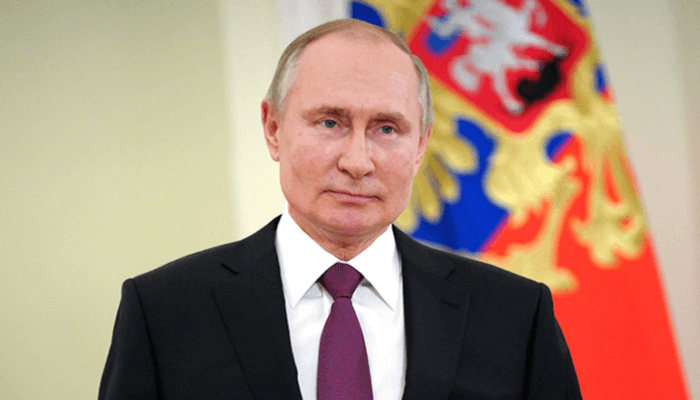Global demand for copper in the international market will surpass supply by more than 6 million tonnes by 2030, a development that portends a negative effect on energy transition.
Analysis by Rystad Energy a shortage of this scale would have widespread negative effects on energy transition as there is currently no substitute for copper in electrical applications.
Copper is an important component in manufacturing electrical vehicles (EVs) and consumer electronics. Without adequate supply, net-zero goals by 2030 may suffer setbacks.
Demand for copper is projected to rise by 16 percent at the end of the decade, taking it to 25.5 million tonnes per annum (TPA) by 2030, matched with a supply forecast indicating a 12 percent decrease against 2021 levels, says Rystad.
Furthermore, an appraisal based on current and expected projects has shown that supply will clock in at 19.1 million TPA, dropping well short of the capacity needed to meet demand.
Read also: Energy park funded by Duport Midstream, FCMB debuts in Edo
Though new investments in copper mining have played a role in the current state of the market, uncertainties still remain.
“Copper mining is a risky investment because present operations are nearing capacity due to ore quality and reserve depletion, putting upward pressure on production costs and emissions. “However, copper prices are now high, which may tempt investors to take on more risk,” analysts at Rystad said.
Still, on investment, James Ley, global energy metals expert and Senior Vice President with Rystad Energy, said that the monotonous investments in copper mining are confounding supply, as the pandemic-driven market instability encourages investors to hold on to their capital.
“The copper mining industry will require major investment to keep up with demand as the energy transition proceeds at a rapid pace and EV use develops in populous nations such as China and India.”
Meanwhile, the price of copper rose by 70 percent during the pandemic due to the growing renewables and EV markets’ demand for the metal.
“The current spike in infection cases, due mainly to the spread of the Omicron variant, is causing further supply chain bottlenecks, leaving prices at all-time highs entering 2022,” the firm said.
However, the Democratic Republic of Congo (DRC) continues to grow as a figurehead in the copper market in Africa as new copper resources are discovered in Kamoa-Kakula.
But, according to Rystad, many of these resources remain undeveloped as potential mines can suffer from low ore grades or because of fiscal or political uncertainty in the country.
Join BusinessDay whatsapp Channel, to stay up to date
Open In Whatsapp





